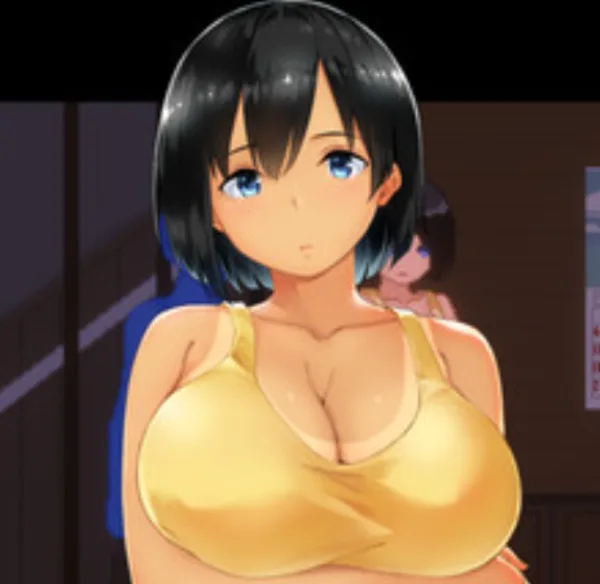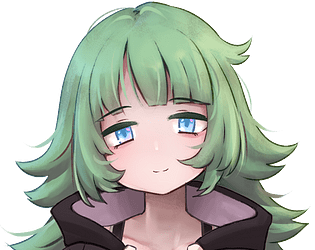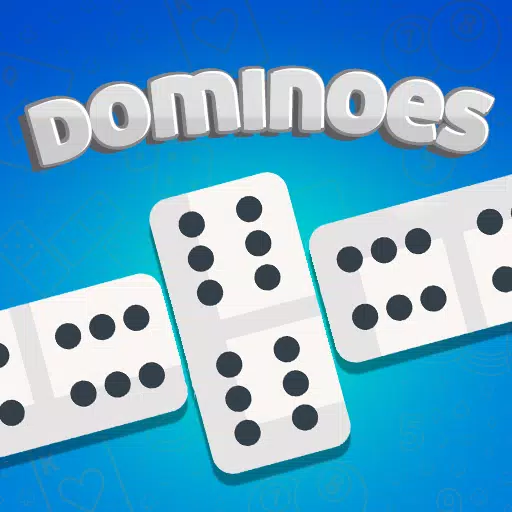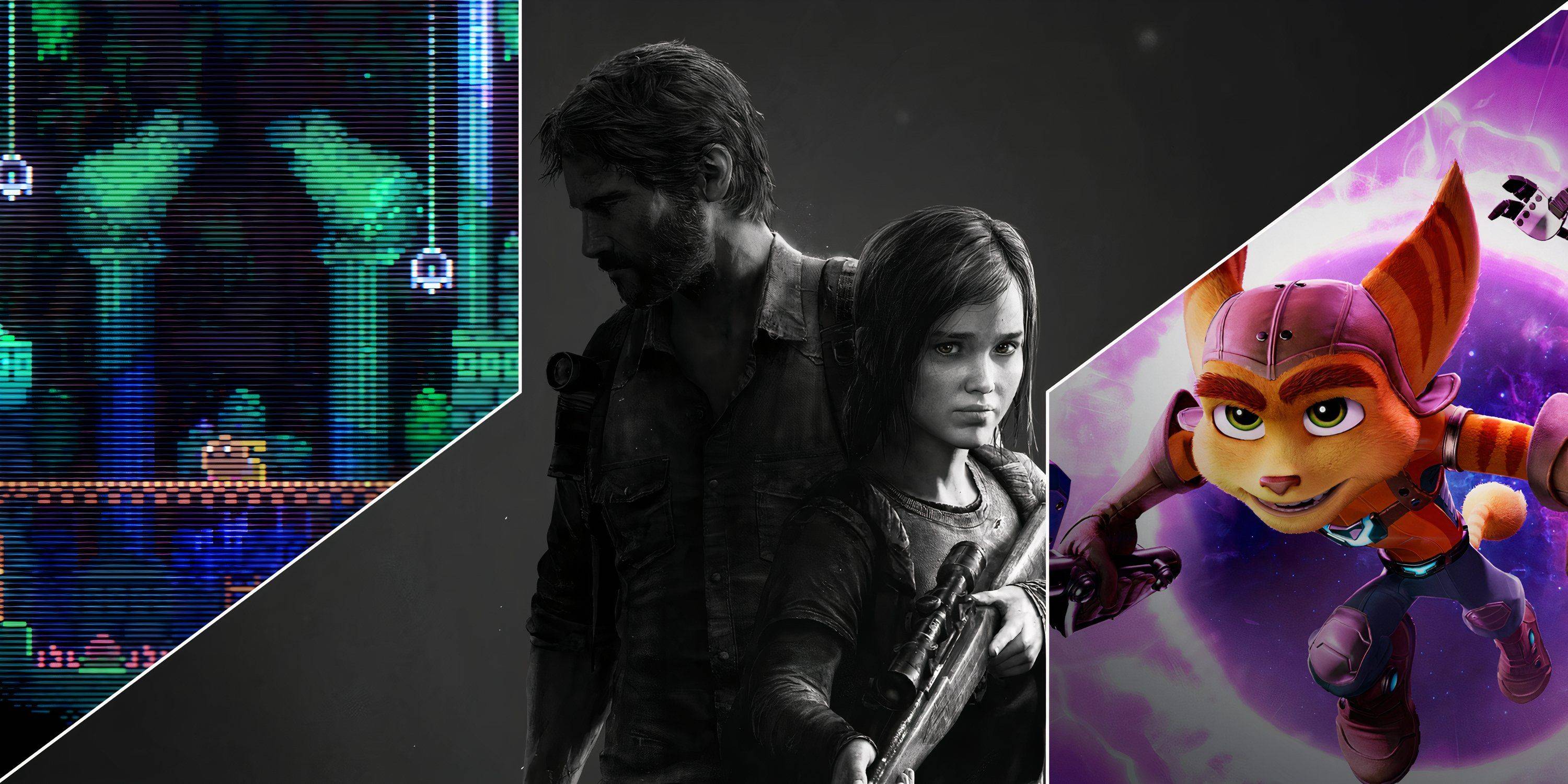In 2015, French studio Don't Nod set a new benchmark for interactive dramas with Life is Strange, an enthralling adventure celebrating the beauty of everyday moments, the power of unbreakable friendships, and the relentless march of time. Players were captivated by its meticulous attention to detail and the ability to explore the world and leave a lasting impact. Subsequent projects saw the developers exploring different genres, yet none recaptured the magic that had won fans' hearts.
Years later, Don't Nod returns to its roots with Lost Records: Bloom & Rage, a coming-of-age story that transcends mere interactive cinema. It's a tribute to a bygone era and the carefree days of youth. With its nostalgic atmosphere, richly drawn characters, and the weight of player choices, Lost Records enchants its audience.
Table of Content
- Friends Reunite to Uncover Secrets from the Past After 27 Years
- Choices Still Impact Surroundings, Dialogues, and Relationships
- Bloom & Rage Creates Beautifully Imperfect Characters
- A Town Worth Dreaming About
- Slow-Paced Plot: The Defining Feature of the Story
Friends Reunite to Uncover Secrets from the Past After 27 Years
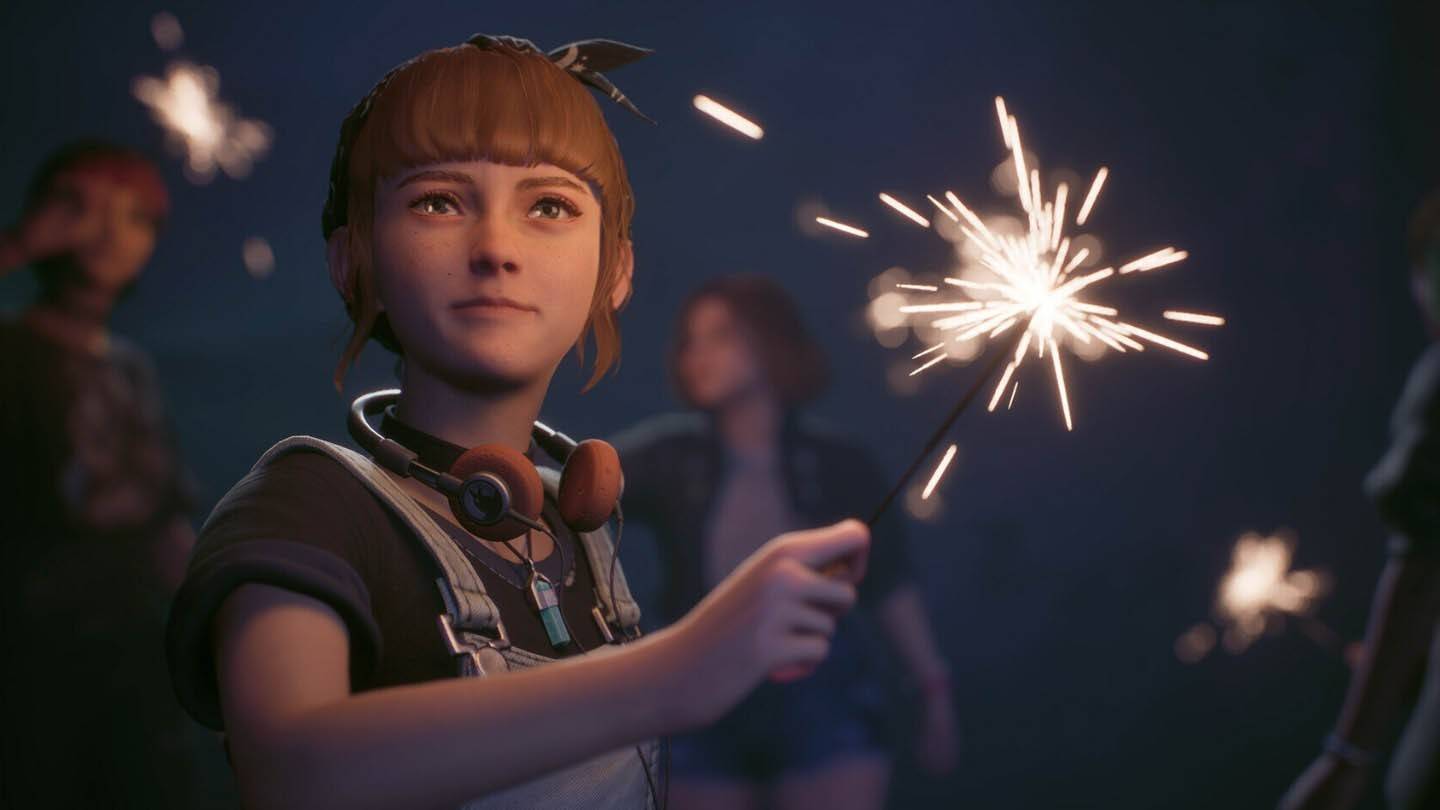 Image: ensigame.com
Image: ensigame.com
At the core of Lost Records is the story of four women whose friendship dissolved 27 years ago. The protagonist, Swan Holloway, returns to her hometown of Velvet Bay for a reunion with her friends and discovers a mysterious package from the past. A forest, an abandoned house, and secrets that should remain buried—these forgotten memories come to life. This is what Bloom & Rage encapsulates: a summer night's dream relived.
The narrative unfolds across two timelines: 1995, a time when the grass was greener and the sun shone brighter, and 2022, where the heroines, now in their forties, sit in a bar with awkward smiles, avoiding the painful incident that tore them apart. The camera switches to first-person mode to highlight the contrast.
However, the bulk of the gameplay occurs in the past. Players explore stunning locations, build relationships, and document events using a vintage HVS camera.
Video recording is a central mechanic. Much like Max in Life is Strange, Swan loves capturing graffiti, wildlife, people, and even paranormal phenomena.
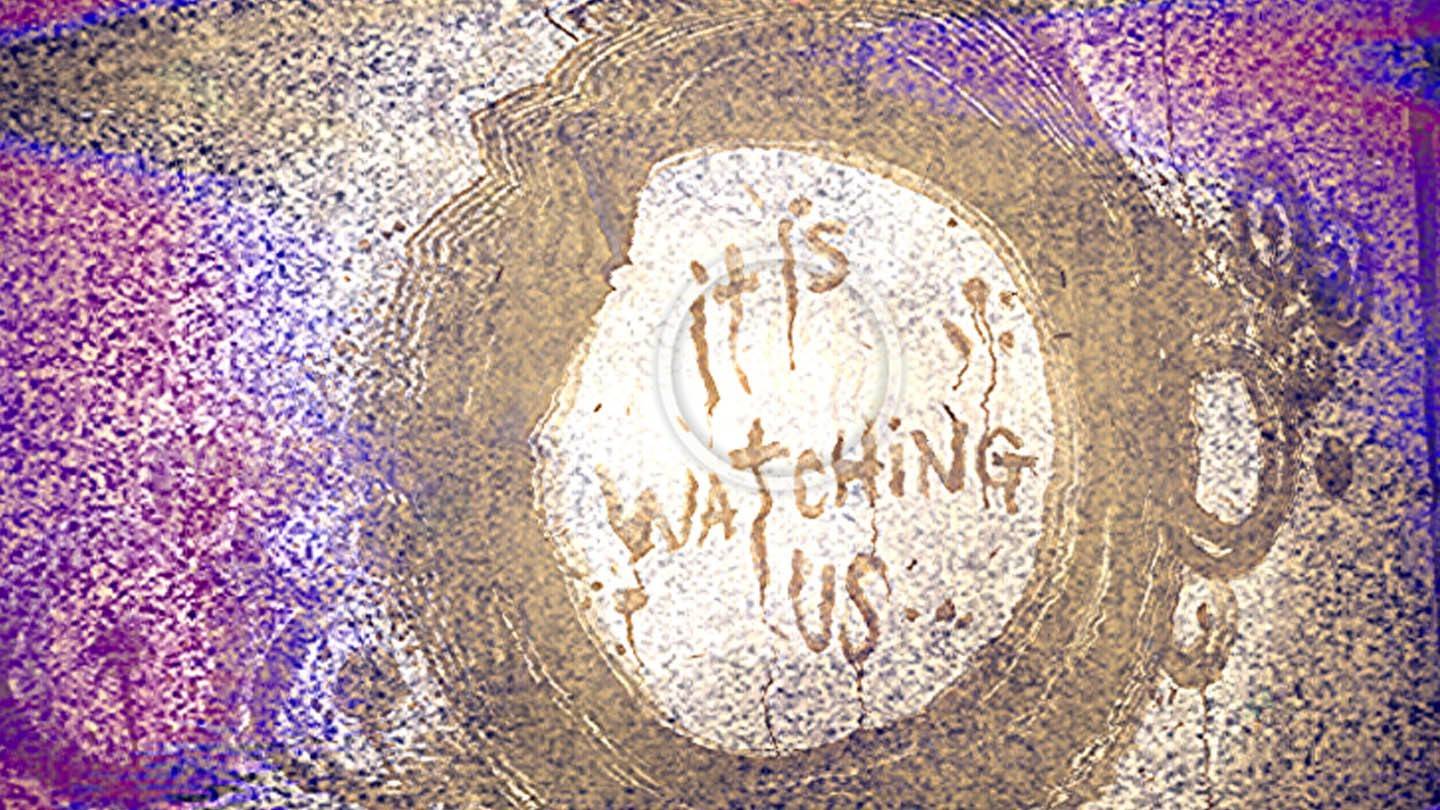 Image: ensigame.com
Image: ensigame.com
In a dedicated menu, collected footage can be edited into short films, categorized by themes, with Swan providing commentary on the results. Some documentaries influence the storyline, though not significantly.
Meanwhile, the decisions players make during gameplay shape the story, with both long-term and immediate consequences. Due to the episodic nature of the game, long-lasting impacts are currently limited, reflecting the narrative's main feature—or issue.
Choices Still Impact Surroundings, Dialogues, and Relationships
Lost Records excels in interactivity and attention to detail, hallmarks of Don't Nod's projects.
For example, in one scene, Swan expresses a desire for ice cream from a nearby truck. Players can choose to buy it or ignore her wish and proceed with other activities. If delayed, the truck closes, altering subsequent conversations with new acquaintances.
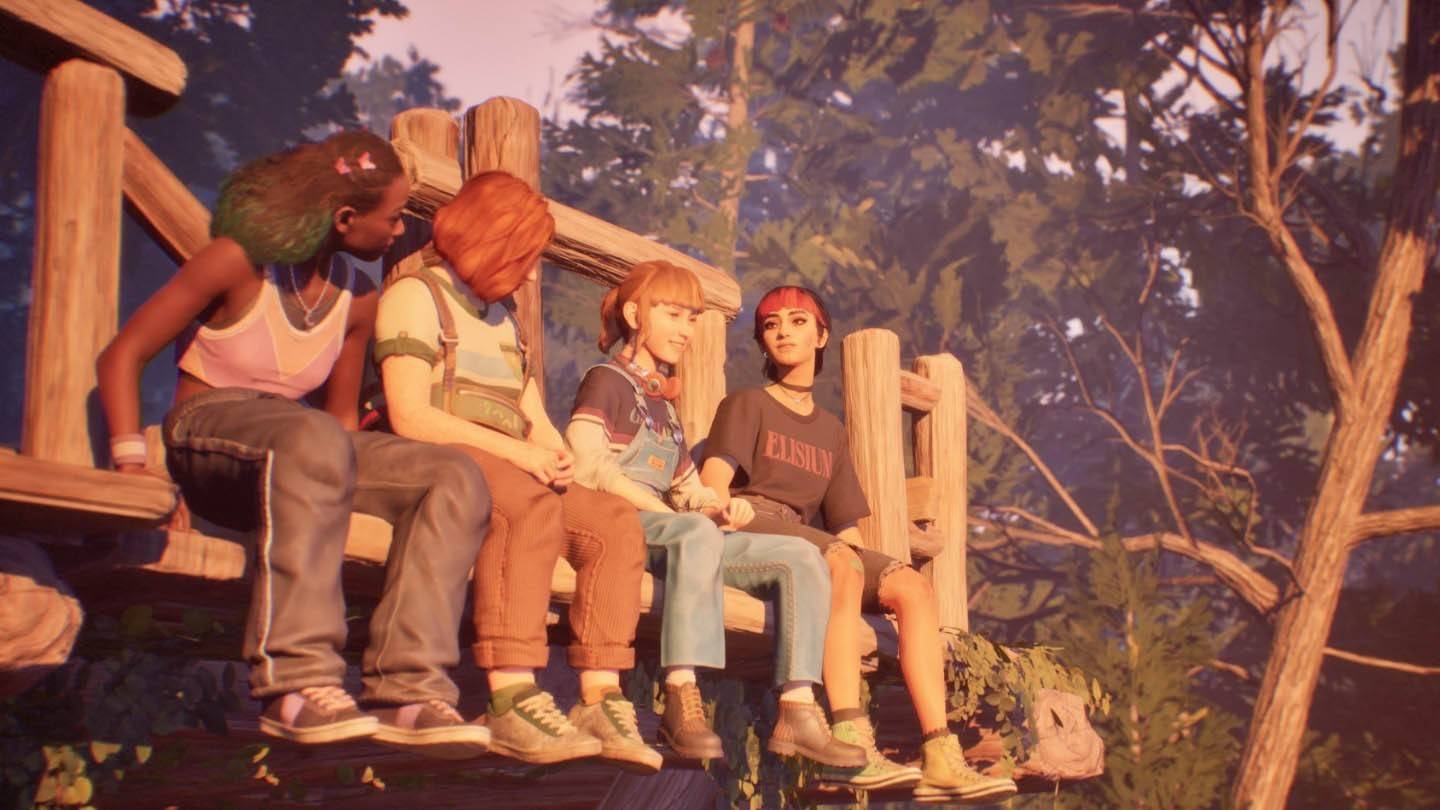 Image: ensigame.com
Image: ensigame.com
The game world is dynamic, adding to its charm. Dialogues unfold in real-time, akin to Oxenfree and Telltale's adventures: characters interrupt each other, shift topics, and offer silence as a valid response. Sometimes, saying nothing is preferable to impulsively revealing someone else's secret.
Building relationships offers freedom and choice. Seeking everyone's approval isn't necessary. If someone doesn't appeal, players can simply ignore them. Swan is inherently shy, yet the game allows her to open up.
Bloom & Rage Creates Beautifully Imperfect Characters
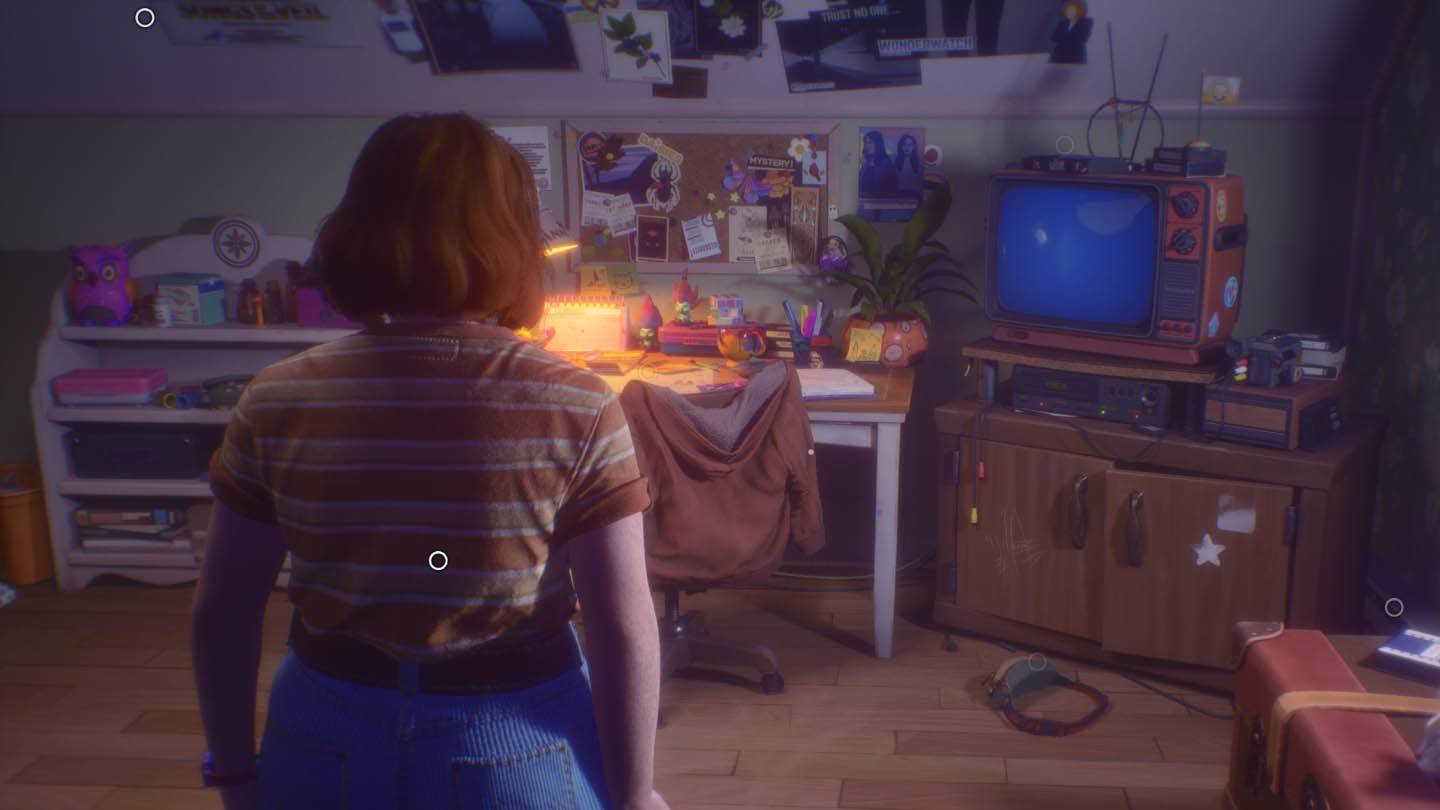 Image: ensigame.com
Image: ensigame.com
Don't Nod has a knack for crafting characters that feel authentic. They're loud, occasionally clumsy in their youthful idealism, yet profoundly sincere.
Reflecting on Life is Strange: Double Exposure, I once criticized the main cast for lacking soul, wondering if interactive films no longer resonated with me. It turns out the issue was elsewhere. Deck Nine doesn't develop personalities as effectively as their predecessors.
Swan is charming—an ordinary 16-year-old who dislikes herself, constantly worries about her words, and hides behind her video camera. It might seem reminiscent, as if the studio recycled concepts for protagonists, revisiting its origins. Yet, Swan doesn't feel like a parody of Max Caulfield, despite their shared hobbies.
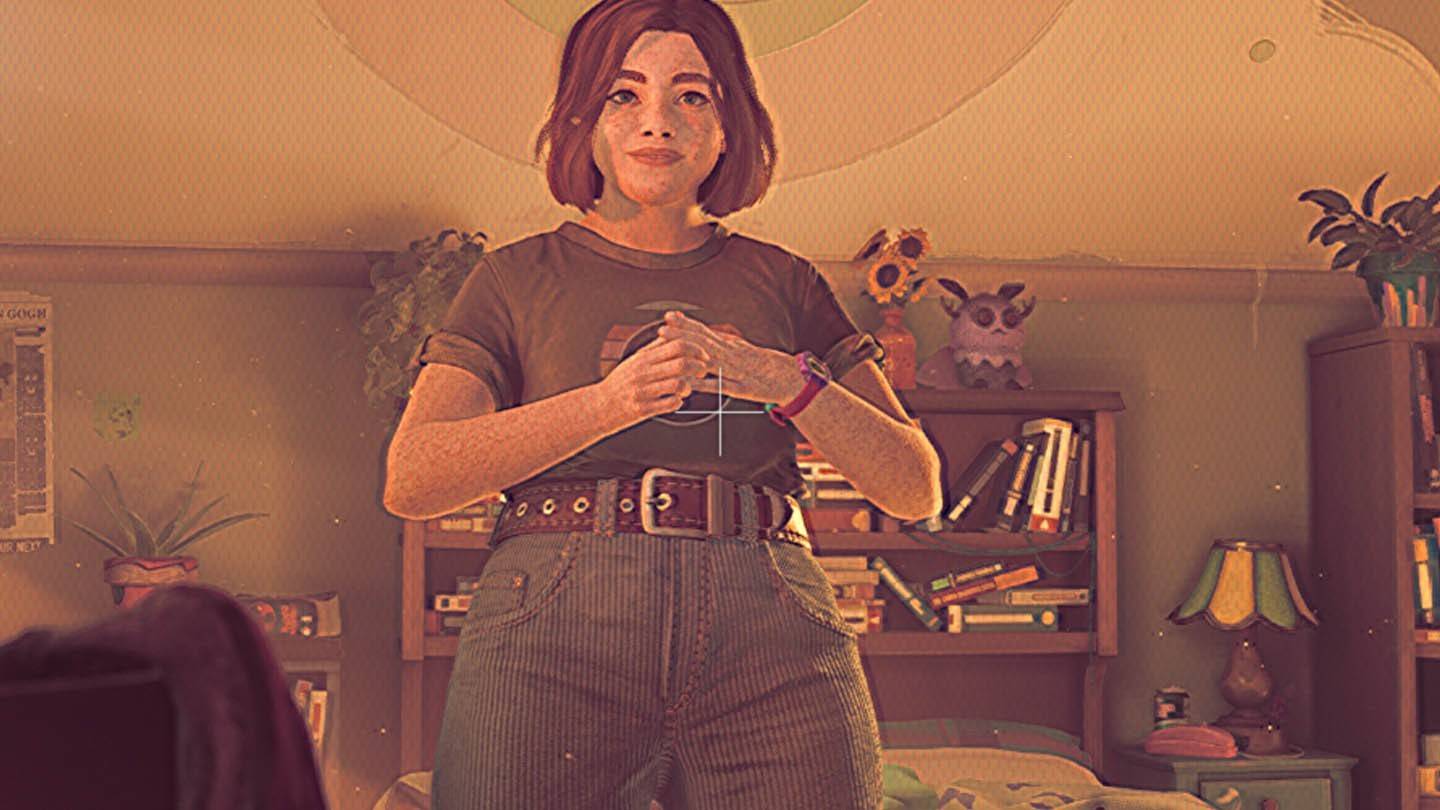 Image: ensigame.com
Image: ensigame.com
Her friends, Ottem, Kate, and Nora, fit familiar tropes but transcend them. Nora, the punk girl with colorful bangs and American dreams, surprises with her cautious nature, while passionate writer Kate often instigates wild antics, urging Swan to be bolder and seize the moment. Ottem values thoughtful and serious individuals.
In such company, players feel like teenagers who believe they know everything about life, regardless of their actual age. Lost Records is a journey through time—not just into youth but into the heart of the '90s.
A Town Worth Dreaming About
Nostalgia permeates every aspect of the game, epitomized by Swan's room, a treasure trove of '90s artifacts: a bulky TV with tapes, floppy disks, tamagotchis, Rubik's cubes, and troll dolls. Every detail invites inspection and evokes both admiration and nostalgia.
Easter eggs referencing pop culture abound: Sabrina, The X-Files, Tank Girl, The Goonies, Twilight, Casper, Revenge of the Nerds, and more. Video games like Oxenfree, Night in the Woods, Control, and Life is Strange are also referenced, alongside books and music such as House of Leaves, Nine Inch Nails, and Nirvana.
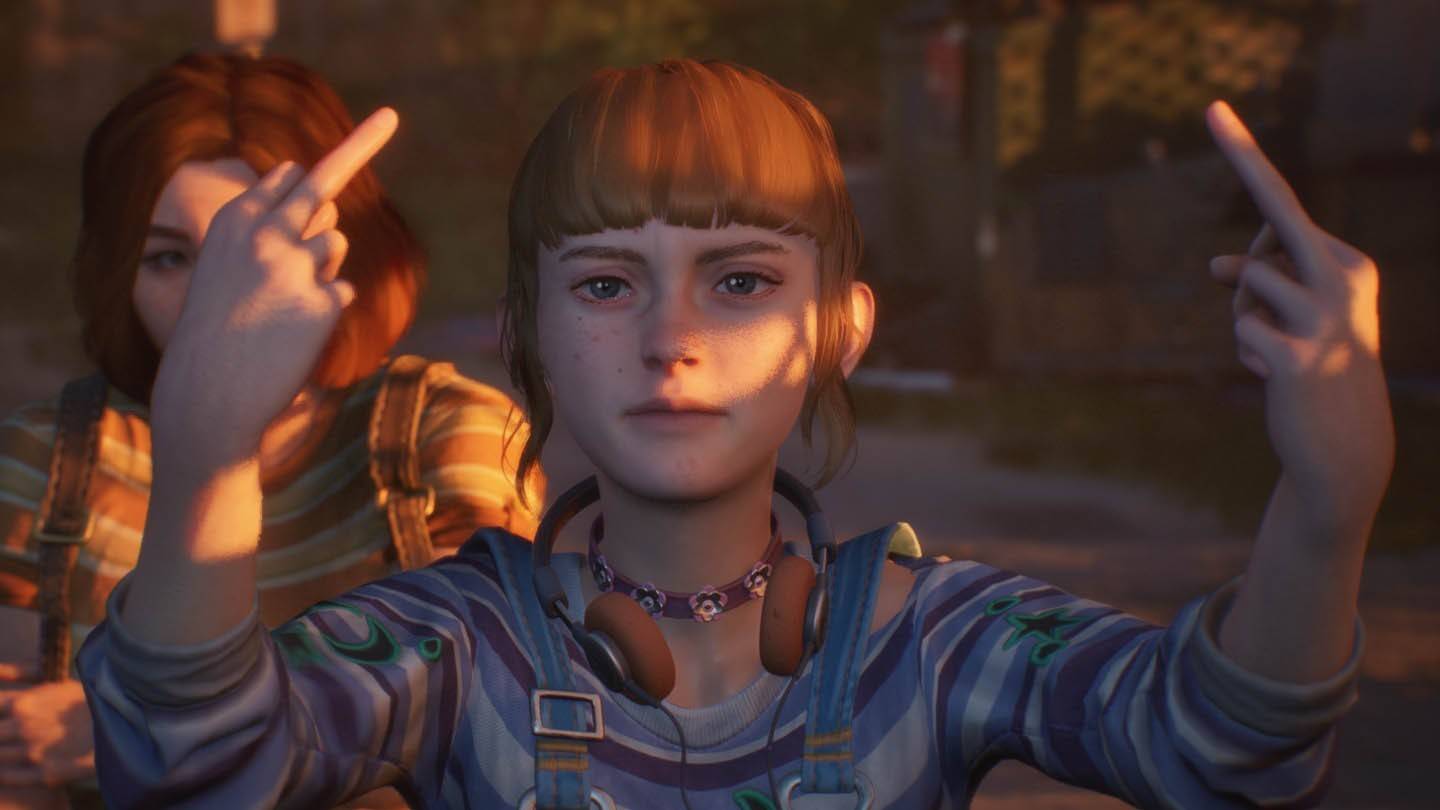 Image: ensigame.com
Image: ensigame.com
The most obvious reference is the plot setup: 27 years since the characters last met, reminiscent of Stephen King's It.
The soundtrack deserves special mention. Dream-pop and indie-rock tunes are soothing, and "See You in Hell" could chart. Initially, I thought the music didn't resonate, but "The Wild Unknown" has been stuck in my head for days.
Thanks to the skillful blend of all elements, Velvet Bay becomes an ideal sleepy American town—cozy during the day, chilling at night. The more players explore, the more Bloom & Rage confuses and intrigues.
Slow-Paced Plot: The Defining Feature of the Story
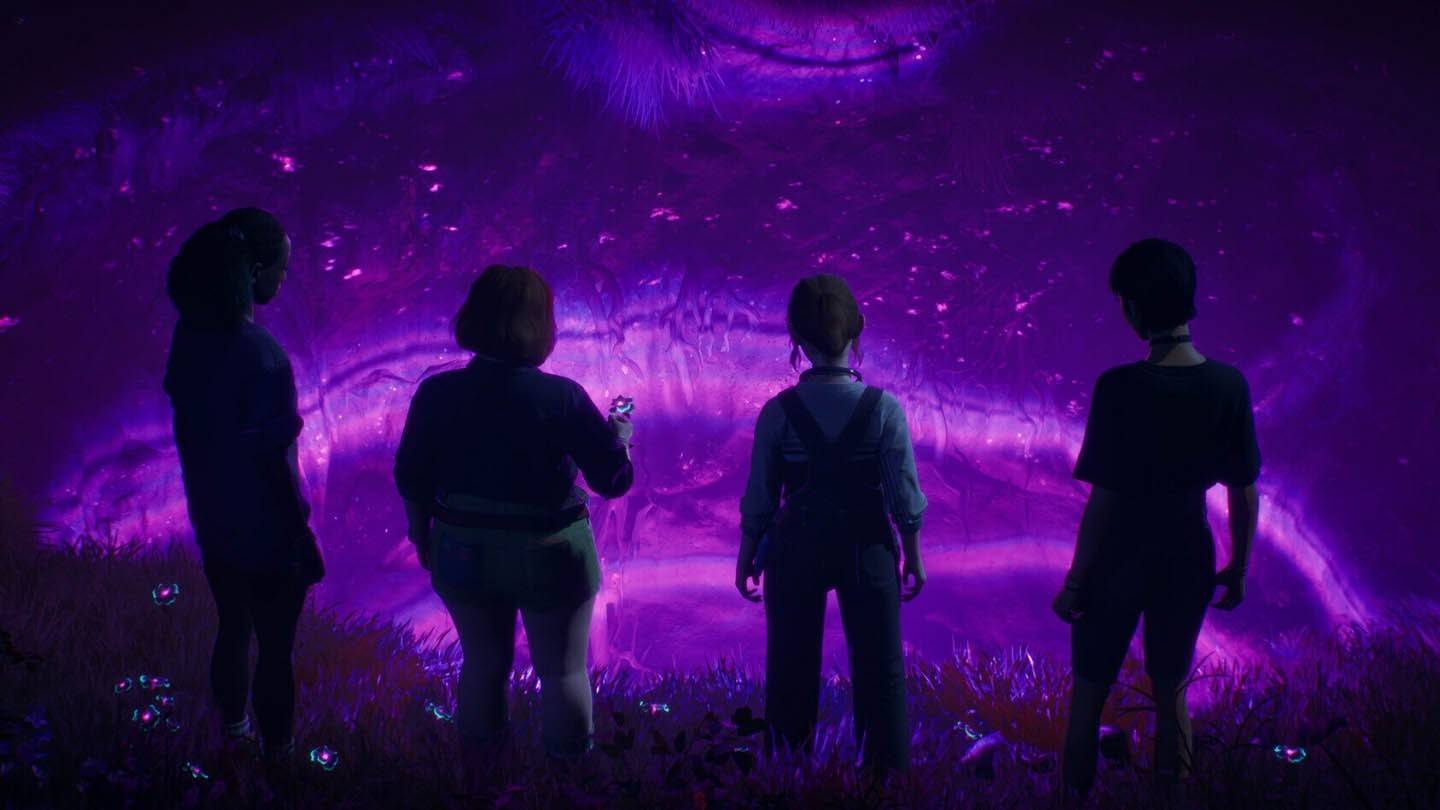 Image: ensigame.com
Image: ensigame.com
The exposition builds so gradually that the mystery genre might be forgotten. Unlike Life is Strange, where teenage life quickly transitions into detective work, Lost Records sets a different pace, insisting players get to know the characters, strengthen bonds, and immerse themselves in the '90s vibe before the narrative shifts.
This slow pacing isn't a drawback for me, though it might not suit everyone. The tension rises in the second half of the first episode (or "reel"), culminating in a powerful cliffhanger that promises more excitement in the next installment. This leaves players guessing and theorizing—exactly what the developers intended.
Lost Records: Bloom & Rage transports players to the '90s, even if they never lived through them. It's a film that understands its audience and doesn't pretend to be anything else. It possesses all the essential elements for success in the genre: relatable characters, engaging interactions, and the potential for a compelling story. Its ultimate legacy will be clear after the release of the second part on April 15th. Hopefully, the French team will weave their magic once more, and I eagerly await the conclusion.
 Home
Home  Navigation
Navigation






 Latest Articles
Latest Articles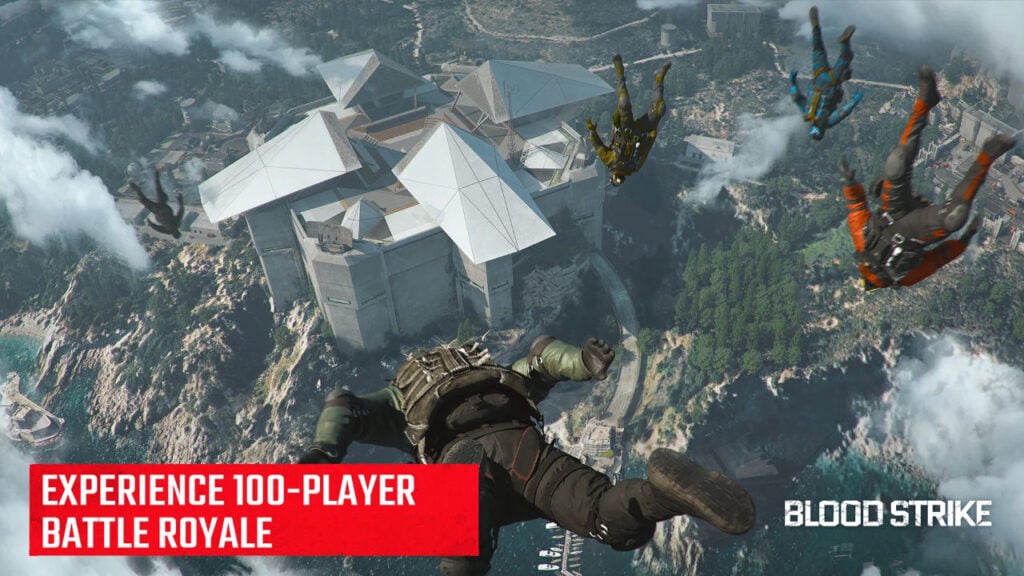
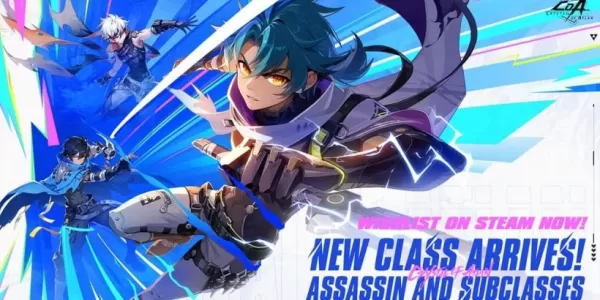








 Latest Games
Latest Games
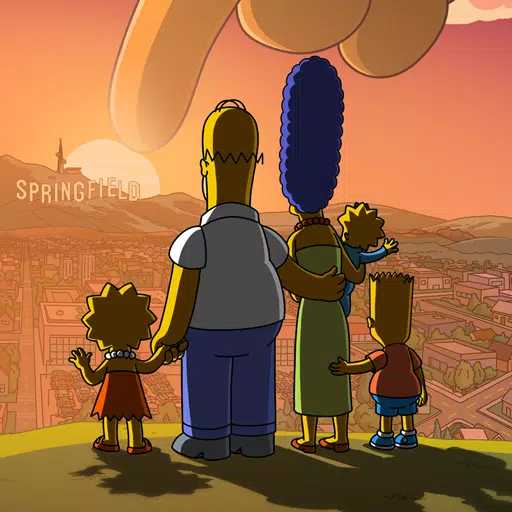
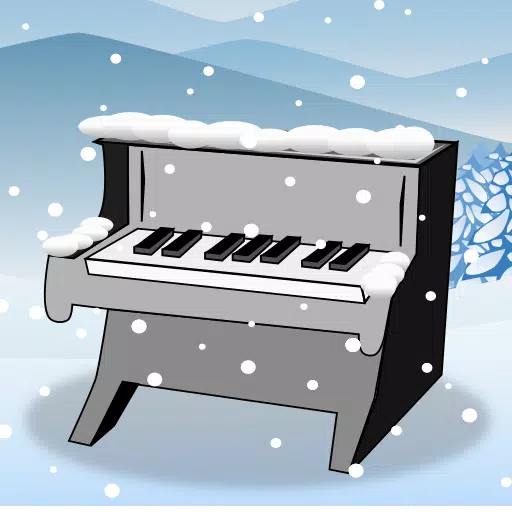
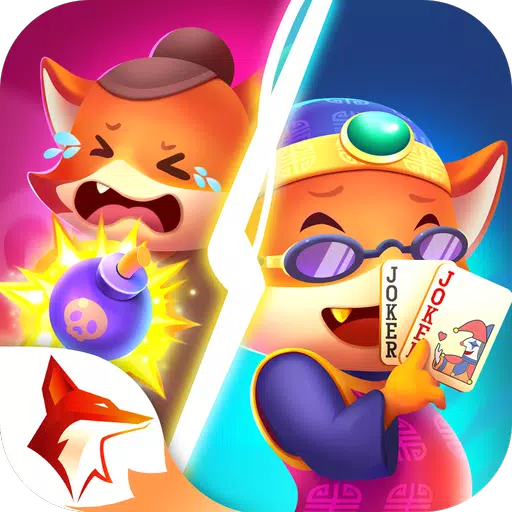
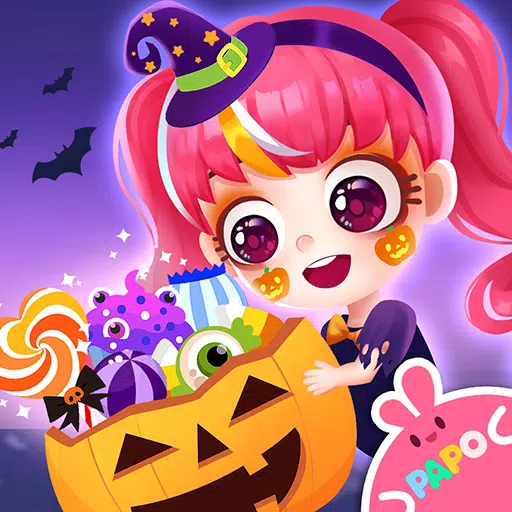
![Chubby Story [v1.4.2] (Localizations)](https://imgs.xddxz.com/uploads/85/1719638042667f981a5e9f8.jpg)
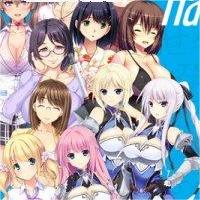
![Zia – New Version 0.4 [Studio Zia]](https://imgs.xddxz.com/uploads/47/1719569268667e8b74e6004.jpg)
